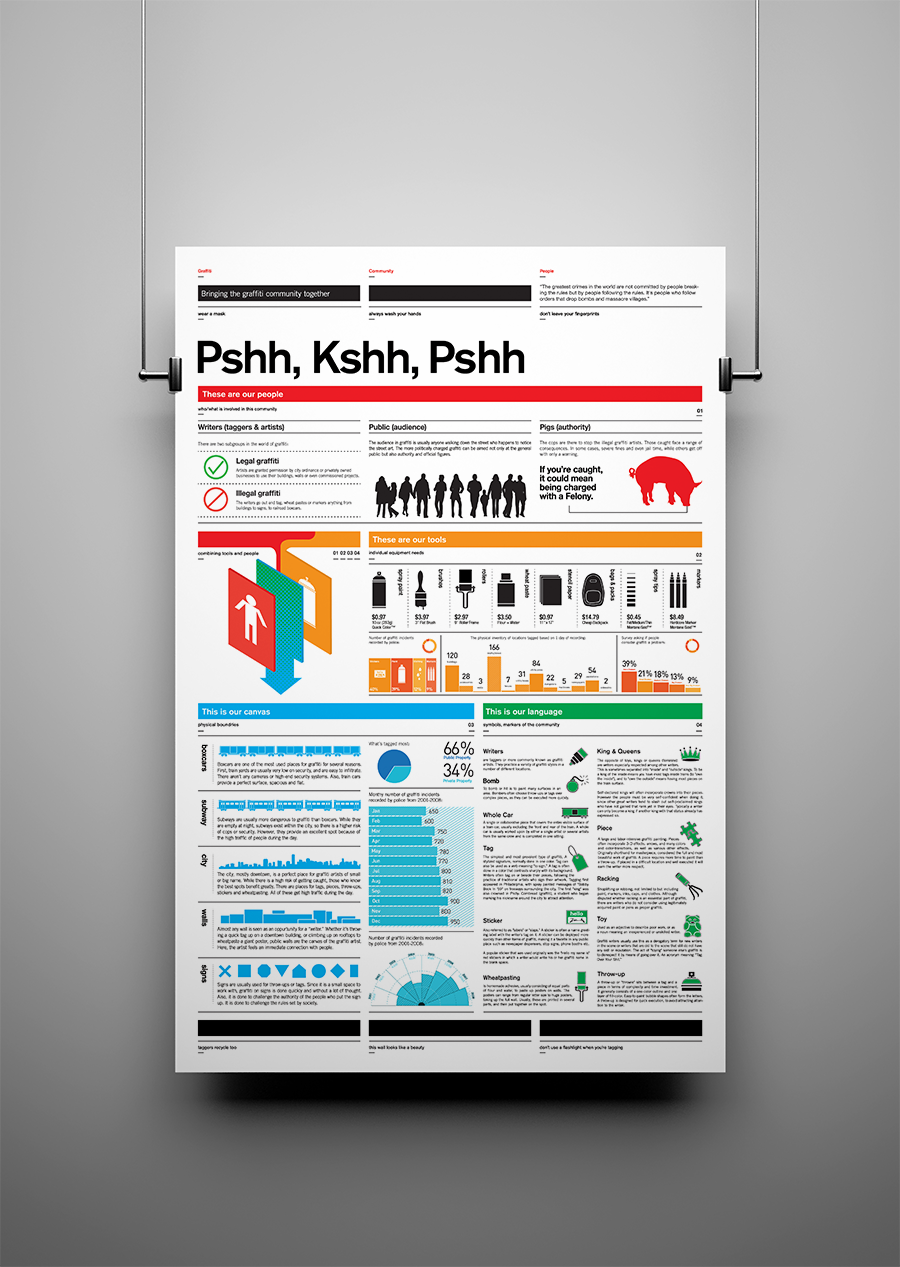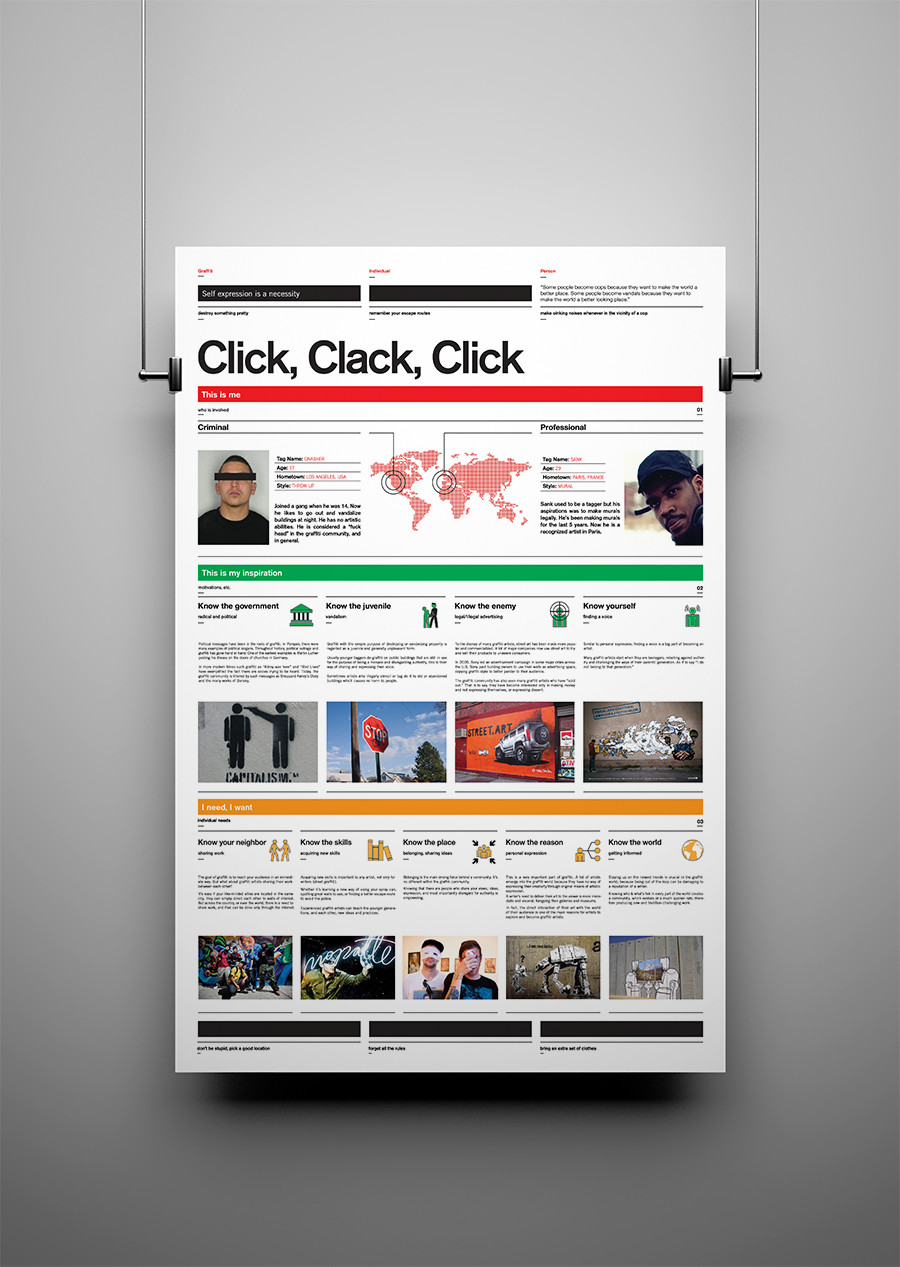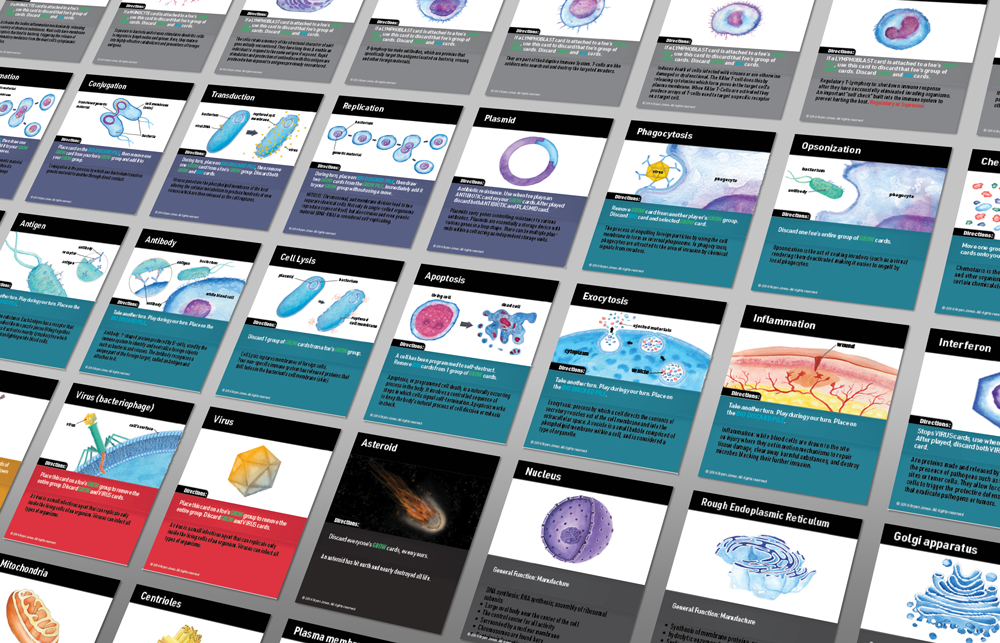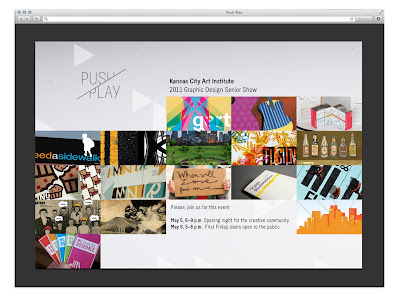BRYAN JONES
My design process, final artifacts and an ongoing archive of my education 2007-2016. All content on this website is the intellectual property of Bryan Jones and is not to be reproduced, modified or distributed commercially. For usage in non-commercial environments please use this Contact form
2023-04-17
Helix – Microbiology Immunity Card Game
Helix is a card game that teaches players about the human immune system in a fun and interactive way. Players must strategically use their white blood cells, antibodies, and other immune system components to protect their body from invading pathogens. Each card represents a different aspect of the immune system and players must learn how to use them effectively to win the game. Along the way, players will learn about the different types of pathogens and how the immune system responds to them. Helix is a great way to learn about the immune system while having fun with friends and family.
2015-01-17
2014-10-06
2014-04-14
2013-12-11
2013-12-10
2013-12-09
2013-12-08
2013-12-05
2013-12-03
2013-12-02
2013-11-30
2013-11-27
2013-11-25
2013-10-28
2011-05-04
2011-01-30
2010-11-19
2010-08-31
Multimedia Experience | Community
Multimedia Experience | Community Web Diagrams
8/31/2010
 |
| basic community diagram |
 |
| Graffiti Community Diagram |
We have determined that five things are necessary to have a successful community. The first and foremost is a sense of belonging or membership. This gives you a status, which can result in pride, both on the side of the community and individual. Also, it lets the community become more than just acquaintances, they become friends and family. The second is the needs and life goals that drive an individual to join the community. Whether it is for personal, entertainment, or financial needs, the community exists to fill in the voids in people’s lives. Also, the learning of skills and knowledge is a need that people have when they form a community.
Emotional interaction is the third necessity to form a perfect community. Sharing equipment, high fives, feelings and most importantly ideas lies at the basis of a healthy community. Within sharing ideas, whether it is person to person, or over the Internet, there becomes a snowball effect, where ideas come together to create a product greater than the sum of its parts. Sharing ideas also helps the spread movement in thought, which relates to our next idea. Community awareness is also necessary to create a good community. This means people invested in the community have to be aware of trends and updates, as well as the historical context of the community.
People also have to be aware of the environment in which their community exists. This environment can be either geographical or virtual. Both play an important part in bringing the community together. Lastly, there is activism. If a member of a community does not act upon his beliefs, he will feel useless. Participation and change help keep communities alive. Especially helping make improvements and have a say in the community makes the person believe that they have the power to influence the community in a positive manner.
 |
| Process: Brainstorming |
Multimedia Experience | Research | Community & Individual (copy for infographic)
9/6/2010
This Is My Canvas (physical boundaries)
railroad boxcars and subways
city buildings
signs
walls
anywhere in the city
This Is Me (what's/who's involved)
Writers (artists)
There are two subgroups in the world of graffiti artists. They can be divided into legal and illegal graffiti. Legal graffiti artists are granted permission by either city ordinance or privately owned businesses to use their walls/buildings, or even commissioned for projects. The other group is the taggers/illegal artists. This group goes out and tags, wheat pastes or markers anything from buildings to signs, to railroad boxcars.
Pigs (authority)
The cops are there to stop the illegal graffiti artists. The range of consequences ranges; some cases have seen severe fines and even jail time, while others get off with only a warning.
Public (audience)
The audience in graffiti is usually anyone walking down the street, that happen to notice the street art. Sometimes the more politically charged graffiti can be aimed not only at the general public but also authority and official figures.
These Are My Tools (equipment needs) - icons
spray paint
rollers
paint brushes
wheat paste
paint
markers
stencil paper
tips
bags or backpacks
hoodies
These Are My People (demographics)
teenagers – young adults
hip hop culture
rock n roll graffiti
punk graffiti
artists
I Need…I Want…(individual and community wants and needs)
Know Thy Neighbor (sharing work)
The goal of graffiti is to reach your audience in an immediate way. But what about graffiti artists sharing their work between each other? It’s easy if they are located in the same city, they can simply direct each other to walls of interest. But across the country, or even the world, there is a need to share work, and that can be done only through the Internet.
Know Thy Skill (acquiring new skills and techniques)
Acquiring new skills is important to any artist, not only street graffiti. Whether it’s learning a new way of using your spray can, spotting great walls to use, or finding a better escape route to avoid the police, experienced graffiti artists can teach the younger generations, and each other, new ideas and practices.
Know Thy Place (belonging)
Belonging is the main driving force behind a community. It is not different within the street artist community. Knowing that there are people who share your views, ideas, expression, and most importantly disregard for authority is an empowering feeling.
Know Thy World (knowing and getting information)
Staying up on the latest trends is crucial in the graffiti world, because being outdated could lead to embarrassment in to graffiti community. Knowing who and what’s hot in every part of the world creates a community, which evolves at a much quicker rate, therefore producing new and tradition-challenging work.
Know Thy Reason (personal expression)
This is a very important part of graffiti. A lot of artists come in to the graffiti world because they have no way of expressing their creativity through original means of artistic expression. Their need is to deliver their art to the viewer is more immediate and visceral, foregoing the galleries and museums. In fact, the direct interaction of their art with the world of their audience is one of the main reasons for artists to explore and become graffiti artists.
This Is My Flag (symbols (uniforms, tools, markers of the activity's community))
closely related to the equipment section
spray can
hoodie
face mask
indecipherable lettering
bright colors on walls
This Is My Inspiration (motivations, etc.)
Know Thyself (A VOICE (finding one))
Similar to personal expression, finding a voice is a big part of becoming an artist. Many graffiti artists start when they are teenagers, rebelling against authority and challenging the ways of their parent’s generation. As if to say, I do not belong to that generation.
Know Thy Government (radical and political)
Political messages have been in the roots of graffiti. In Pompeii, there were many examples of political slogans. Throughout history, political outrage and graffiti has gone hand in hand. One of the earliest examples is Martin Luther posting his gospel on the doors of churches in Germany. In more modern times such graffiti as “Kilroy was here” and “Bird Lives” have exemplified the fact there are voices trying to be heard. Today, the graffiti community is littered by such messages as Sheppard Fairey’s Obey and the many works of Bansky.
Know Thy Enemy (legal/illegal advertising)
To the dismay of many graffiti artists, street art has been made more popular and commercialized. A lot of major companies now use street art to try and sell their products to unaware consumers. In 2005, Sony led an advertisement campaign in some major cities across the US. Sony paid building owners to use their walls as advertising space, copying graffiti style to better pander to their audience. The graffiti community has also seen many graffiti artists who have “sold out.” That is to say, they have become interested only in making money and not expressing themselves, or expressing dissent.
Know Thy Juvenile (vandalism)
Although this part of street art is rather minor, it still exists. Graffiti with the simple purpose of destroying or vandalizing property is regarded as a juvenile and generally unpleasant form. Most artists who illegally stencil or tag do it to old or abandoned building which cause no harm to people. However, usually younger taggers do graffiti public building still in use for the purpose of being a menace and disregarding authority, rather than sharing their expression or voice.
This Is My Style (kinds of graffiti)
wheat pasting
spray can
stencil
paint
marker
projected images
regenerative graffiti
stickers
installations
These Are My Words (language)
tagging
writing
bombing
Wheatpasting
Wheatpasting is the use homemade adhesive, usually consisting of equal parts of flour and water, to paste up posters on walls. The posters can range from regular letter size to huge posters, taking up the full wall. Usually, these are printed in several parts, and then put together on the spot.
Throw-up
A throw-up or "throwie" sits between a tag and a piece in terms of complexity and time investment. It generally consists of a one-color outline and one layer of fill-color. Easy-to-paint bubble shapes often form the letters. A throw-up is designed for quick execution, to avoid attracting attention to the writer. Throw-ups are often utilized by writers who wish to achieve a large number of tags while competing with rival artists. Most artists have both a tag and a throw-up that are essentially fixed compared to pieces. It is mostly so because they need to have a recognizable logo for others to identify them and their own individual styles.
Whole car
A single or collaborative piece that covers the entire visible surface of a train car, usually excluding the front and rear of the train. A whole car is usually worked upon by either a single artist or several artists from the same crew and is completed in one sitting.
Tag
A stylized signature, normally done in one color. The simplest and most prevalent type of graffiti, a tag is often done in a color that contrasts sharply with its background. Tag can also be used as a verb meaning "to sign". Writers often tag on or beside their pieces, following the practice of traditional artists who sign their artwork. A less common type of tag is a "dust tag", done in dust by writers to practice. The verb tagging has even become a popular verb today in other types of occasions that are non-graffiti-related. Tagging first appeared in Philadelphia, with spray painted messages of "Bobby Beck In '59" on freeways surrounding the city. The first "king" was also crowned in Philly: Cornbread (graffiti), a student who began marking his nickname around the city to attract the attentions of a girl. In New York City, TAKI 183 inspired a newspaper article about his exploits, leading to an explosion of tagging in the early seventies.
Piece
A large and labor-intensive graffiti painting. Pieces often incorporate 3-D effects, arrows, and many colors and color-transitions, as well as various other effects. Originally shorthand for masterpiece, considered the full and most beautiful work of graffiti). A piece requires more time to paint than a throw-up. If placed in a difficult location and well executed it will earn the writer more respect.
Sticker
Also referred to as "labels" or "slaps". A sticker (often obtained from shipping companies and name greeting labels) with the writer's tag on it. A sticker can be deployed more quickly than other forms of graffiti, making it a favorite in any public place such as newspaper dispensers, stop signs, phone booths etc. A popular sticker that was used originally was the "Hello my name is" red stickers in which a writer would write his or her graffiti name in the blank space.
Racking
Shoplifting or robbing, not limited to but including paint, markers, inks, caps, and clothes. Although disputed whether racking is an essential part of graffiti, there are writers who do not consider using legitimately acquired paint or pens as proper graffiti.
Toy
1. Used as an adjective to describe poor work, or as a noun meaning an inexperienced or unskilled writer. Graffiti writers usually use this as a derogatory term for new writers in the scene or writers that are old to the scene that still do not have any skill or reputation. The act of "toying" someone else's graffiti is to disrespect it by means of going over it (see "slash"/"going over").
2. "toys" often added above or directly on a "toy" work. An acronym meaning Tag Over Your Shit.
King
The opposite of toys, kings or queens (feminine) are writers especially respected among other writers. This is sometimes separated into "inside" and "outside" kings. To be a king of the inside means you have most tags inside trains (to "own the inside"), and to "own the outside" means having most pieces on the train surface. One should note that there are kings of style among a variety of other categories and the term is regionally subjective. Self-declared kings will often incorporate crowns into their pieces; a commonly used element of style. However the people must be very self-confident when doing it, since other great writers tend to slash out self-proclaimed kings who have not gained that rank yet in their eyes. Typically a writer can only become a king if another king with that status already has expressed so.
Writer
A practitioner of writing, a graffiti artist.
Bomb
To bomb or hit is to paint many surfaces in an area. Bombers often choose throw-ups or tags over complex pieces, as they can be executed more quickly.
*Info stolen shamelessly from a really well written Wikipedia article.
9/8/2010
anonymity from authority: using a tag as your profile
learning techniques and skills: forum for sharing— template form when posting picks for work, sharing what techniques were used.
find good locations: map that users can post locations they have tagged or have seen others work.
need equipment: upload store costs, and locations.
sharing artwork: photosynth or a timeline.
sharing ideas/thoughts/message: rss feed again.
creating relationships: add friends, send message, have a friends list.
finding friends: matching profiles based on keywords. search by locations.
need to be discovered: like, button. (rating system)
need inspiration: every user has an RSS feed to be informed by when new work is added.
knowing escape routes: using google Earth to plot points—then export that XML file to other users to share. Have map where users can plot escape routes from any location.
need to know laws and rules: have laws on site for reference. What do you do if your arrested, "heres cheap lawyers"
finding similar beliefs:
knowing how to escape:
need to know how much things cost:
need to know how much things weigh:finding cheap clothes: store locations,
know what to wear:find people with same skill level (experience):awareness of police: text messaging service, that your friends can send alerts. GPS map that shows your location, then send off an alert if you see cops by turning your green dot into a red pulsating beacon.
seeing where people are:gps marking/tracking:ranking system:know where security cameras are and direction they're pointed at: plotting cameras on a map.
knowing which building have local security: plotting patrols on map
Multimedia Experience | Community & Individual | Process Refinements
9/14/2010
Multimedia Experience | Community & Individual | Process Refinements
9/30/2010Multimedia Experience | Community Website | Site Map10/6/2010
Multimedia Experience | Community Website | Keynote
10/11/2010
Multimedia Experience | Community Website | Updates
11/16/2010
learning techniques and skills: forum for sharing— template form when posting picks for work, sharing what techniques were used.
find good locations: map that users can post locations they have tagged or have seen others work.
need equipment: upload store costs, and locations.
sharing artwork: photosynth or a timeline.
sharing ideas/thoughts/message: rss feed again.
creating relationships: add friends, send message, have a friends list.
finding friends: matching profiles based on keywords. search by locations.
need to be discovered: like, button. (rating system)
need inspiration: every user has an RSS feed to be informed by when new work is added.
knowing escape routes: using google Earth to plot points—then export that XML file to other users to share. Have map where users can plot escape routes from any location.
need to know laws and rules: have laws on site for reference. What do you do if your arrested, "heres cheap lawyers"
finding similar beliefs:
knowing how to escape:
need to know how much things cost:
need to know how much things weigh:finding cheap clothes: store locations,
know what to wear:find people with same skill level (experience):awareness of police: text messaging service, that your friends can send alerts. GPS map that shows your location, then send off an alert if you see cops by turning your green dot into a red pulsating beacon.
seeing where people are:gps marking/tracking:ranking system:know where security cameras are and direction they're pointed at: plotting cameras on a map.
knowing which building have local security: plotting patrols on map
Multimedia Experience | Community & Individual | Process Refinements
9/14/2010
 |
| Process sketch |
 |
| Process sketch |
 |
| Individual Poster |
 |
| Community Poster |
9/30/2010Multimedia Experience | Community Website | Site Map10/6/2010
This site map is the inner workings of our Graffiti community website We're (Dmitri & I) calling Landmark.
Multimedia Experience | Community Website | Keynote
10/11/2010
11/16/2010
 |
| Home Page |
TAGS:
community,
Creative Brief,
diagram,
graffiti,
Graffiti Community,
infographic,
Landmark,
mindmap,
Multimedia,
web,
website
Subscribe to:
Posts (Atom)















































